

Articles
When To Dump Charcoal Chimney
Modified: August 22, 2024
Discover the best time to dump your charcoal chimney in our informative articles. Master the art of grilling with our expert tips and tricks.
(Many of the links in this article redirect to a specific reviewed product. Your purchase of these products through affiliate links helps to generate commission for Storables.com, at no extra cost. Learn more)
Introduction
A charcoal chimney is an essential tool for any barbecue enthusiast or outdoor cooking enthusiast. It is a metal cylinder with a handle and vents, designed to rapidly and evenly ignite charcoal for grilling or smoking. This ingenious device provides a convenient and efficient way to start your charcoal fire without the need for lighter fluid or other accelerants.
Using a charcoal chimney offers several advantages over traditional methods of lighting charcoal. Not only does it eliminate the need for harmful chemicals, but it also ensures a more consistent and even heat distribution, resulting in better cooking results. However, like any tool, a charcoal chimney can wear out over time and may need to be replaced. In this article, we will discuss when it is time to dump your charcoal chimney and invest in a new one.
Key Takeaways:
- Regularly inspect your charcoal chimney for signs of wear such as rust, difficulty in ignition, or uneven heat distribution. When these signs appear, invest in a new chimney to ensure safe and efficient grilling experiences.
- Opt for a new charcoal chimney with durable construction, intact vents, and easy cleaning features to enhance performance and durability. Prioritize safety and follow manufacturer instructions for lighting, handling, and maintenance.
Read more: When Is A Charcoal Chimney Ready
What is a Charcoal Chimney?
A charcoal chimney is a cylindrical metal device used to ignite charcoal for grilling or smoking. It consists of a tall cylinder with a handle on one side and ventilation holes on the bottom and top. The chimney is typically made of durable materials like galvanized steel or stainless steel to withstand high temperatures.
The concept behind a charcoal chimney is simple yet effective. The charcoal is placed in the chimney, with crumpled newspaper or lighter cubes placed underneath. As the newspaper burns, it ignites the bottom layer of charcoal, creating a chain reaction that allows the fire to spread upward. The vent holes in the chimney help facilitate airflow, ensuring efficient and even heating of the charcoal.
One of the main advantages of using a charcoal chimney is that it eliminates the need for lighter fluid or other chemical additives. This not only improves the taste of your food by removing any chemical residue but also reduces the environmental impact associated with using accelerants. Additionally, a charcoal chimney provides a more uniform heat distribution throughout the charcoal, resulting in better cooking results and fewer hot spots.
Charcoal chimneys come in different sizes to accommodate various grilling needs, ranging from small portable models for camping or tailgating to larger ones suitable for backyard barbecues. They are easy to use, cost-effective, and safer than alternative methods of lighting charcoal.
Benefits of Using a Charcoal Chimney
Using a charcoal chimney offers several benefits that make it a popular choice among grilling and outdoor cooking enthusiasts. Let’s explore some of the advantages:
- Efficient and Even Heat Distribution: A charcoal chimney ensures that the charcoal burns evenly, providing a consistent heat source for your grilling. This results in more uniform cooking and eliminates the need to constantly rearrange the charcoal to achieve the desired temperature.
- Chemical-Free Ignition: Unlike lighter fluid or other accelerants, a charcoal chimney relies on natural combustion to ignite the charcoal. This means you don’t have to worry about any chemical odors or flavors tainting your food.
- Improved Flavor: The absence of chemicals and the even heat distribution from a charcoal chimney contribute to a superior flavor in your grilled food. The pure smoky taste and the perfect sear marks are characteristics that grill enthusiasts appreciate.
- Cost-Effective: Using a charcoal chimney may save you money in the long run, as you won’t need to continuously purchase lighter fluid or other igniting agents.
- Environmental-Friendly: By choosing a charcoal chimney, you reduce your carbon footprint by avoiding disposable lighter fluid canisters and minimizing the release of harmful chemicals into the environment.
- Easy to Use: Operating a charcoal chimney is straightforward. Simply fill it with charcoal, place a fire-starting material underneath, and light it. In a matter of minutes, you’ll have hot and ready-to-use charcoal.
- Versatile: Charcoal chimneys are versatile tools that can be used with various grilling setups, including charcoal grills, smokers, and even kamado-style cookers. They provide a consistent and reliable ignition method regardless of the cooking equipment you use.
- Safety: Using a charcoal chimney significantly reduces the risk of flare-ups or unexpected eruptions of flames that can occur when using lighter fluid. It also keeps your hands away from the hot charcoal, ensuring a safer grilling experience.
Overall, using a charcoal chimney offers numerous benefits, including improved flavor, cost savings, environmental friendliness, and ease of use. It’s a must-have tool for any grilling enthusiast looking for a convenient and efficient way to ignite charcoal.
Signs that Indicate it’s Time to Dump a Charcoal Chimney
A charcoal chimney is a durable tool, but over time, it may show signs of wear and tear that affect its functionality and safety. Here are some common signs that indicate it’s time to replace your charcoal chimney:
- Excessive rust and deterioration: If you notice significant rust or corrosion on the surface of your charcoal chimney, it’s a clear indication that it has reached the end of its lifespan. Rust can weaken the structural integrity of the chimney and compromise its effectiveness.
- Difficulty in igniting charcoal: If you consistently struggle to ignite the charcoal using your charcoal chimney, even after following the proper ignition process, it may be a sign that the vents or airflow holes are clogged or damaged. This can hinder the chimney’s ability to provide a sufficient oxygen supply for the fire.
- Uneven or inconsistent heat distribution: An aging charcoal chimney may lose its ability to distribute heat evenly, resulting in hot spots and cold zones on your grill. If you find yourself constantly battling with uneven cooking, it might be time to consider replacing the chimney.
- Excessive smoke production: While some smoke is expected when using a charcoal chimney, if you notice an excessive amount of smoke, it could be a sign of poor airflow or a damaged chimney. Excessive smoke not only affects the flavor of your food, but it can also be an indicator of incomplete combustion, which can lead to health hazards.
- Lingering foul odors: A well-functioning charcoal chimney should not produce any strong or unpleasant odors. If you detect persistent foul smells during the ignition process or while grilling, it could indicate a buildup of residues or damage to the chimney that can affect the taste of your food.
- Accumulation of ash and debris: Over time, ash and debris can build up inside the chimney, obstructing airflow and diminishing its efficiency. If you notice a significant accumulation of ash even after thorough cleaning, it may be a sign that the chimney is no longer performing optimally.
- Damaged or faulty handle and vents: The handle and vents of a charcoal chimney are vital components that facilitate safe and efficient use. If you notice any cracks, breaks, or malfunctioning parts, it’s essential to replace the chimney to avoid accidents and ensure proper airflow.
Regular inspection and maintenance of your charcoal chimney are crucial to ensure its longevity and safe operation. However, if you observe any of the signs mentioned above, it’s likely time to invest in a new charcoal chimney to ensure consistent ignition, even heat distribution, and a delightful grilling experience.
Excessive Rust and Deterioration
One of the telltale signs that indicate it’s time to dump your charcoal chimney is the presence of excessive rust and deterioration. Over time, exposure to heat, moisture, and the elements can cause the metal of the chimney to corrode and degrade.
Rust not only compromises the structural integrity of the chimney but can also affect its functionality and safety. When rusting occurs, it weakens the metal, making it prone to cracks or holes that can impact the chimney’s ability to hold and distribute heat properly. This can result in uneven heating and potential flare-ups.
Moreover, rust can create a rough surface on the interior of the chimney, which hampers the smooth flow of air and can hinder the ignition process. If the vents or airflow holes of the chimney are obstructed or corroded, it can limit the oxygen supply, leading to difficulty in igniting the charcoal and sustaining a consistent fire.
Additionally, the presence of rust can have a negative impact on the taste and quality of your food. As the rust particles mix with the smoke and come into contact with the food, they can impart an unpleasant metallic flavor.
If you notice excessive rust and deterioration on the surface of your charcoal chimney, it is a clear indication that it has reached the end of its lifespan and should be replaced. Continued use of a rusted chimney not only compromises your cooking results but can also pose safety risks. Bits of corroded metal could fall into the charcoal or drip onto hot surfaces, potentially causing injury or fire hazards.
When selecting a new chimney, opt for one made with high-quality materials such as galvanized steel or stainless steel, as they are more resistant to rust and corrosion. Regularly clean and store your charcoal chimney in a dry place away from moisture to help prolong its lifespan and mitigate rusting.
By promptly replacing a charcoal chimney showing excessive rust and deterioration, you can ensure a safe, efficient, and enjoyable grilling experience.
Read more: How To Light Charcoal With A Chimney
Difficulty in Igniting Charcoal
If you find yourself consistently struggling to ignite charcoal using your charcoal chimney, even after following the proper ignition process, it may be a sign that it’s time to dump the chimney and invest in a new one.
A well-functioning charcoal chimney should effectively ignite the charcoal, allowing it to reach the desired temperature quickly and evenly. However, several factors can contribute to difficulties in the ignition process:
Clogged or Damaged Vents: The vents or airflow holes in the chimney play a crucial role in providing oxygen to the fire. If these vents become clogged with debris or are damaged, they can obstruct proper airflow, impeding the combustion process. Insufficient oxygen supply can result in a weak or slow-burning fire, making it challenging to achieve the desired heat level.
Insufficient Ventilation: In addition to clogged or damaged vents, a charcoal chimney that lacks proper ventilation can also hinder effective ignition. If the design of the chimney restricts airflow or the ventilation holes are too small, it can limit the oxygen supply, causing the charcoal to burn inefficiently.
Improper Fuel Placement: The charcoal should be loaded correctly within the chimney for optimal ignition. If the charcoal is packed too tightly or too loosely, it can affect the airflow and hinder ignition. It’s important to follow the manufacturer’s instructions regarding the charcoal load capacity and proper arrangement.
Worn-out Fire Starters: Fire starters, such as crumpled newspaper or lighter cubes, are typically used to ignite the charcoal in the chimney. If your fire starters are past their prime or not providing enough heat, it can cause difficulties in getting the fire going. Ensure you’re using fresh, dry fire starters to maximize ignition success.
If you’ve ruled out these factors and are still experiencing difficulties in igniting the charcoal, it may be an indication that the chimney itself is damaged or worn out. Over time, the constant exposure to heat and repeated use can cause wear and tear on the chimney, affecting its overall performance.
Investing in a new charcoal chimney can eliminate these ignition challenges. Look for a chimney with durable construction, including intact vents, sturdy handles, and ample ventilation, to ensure efficient and hassle-free ignition.
Remember to always prioritize safety when dealing with fire. If you encounter persistent difficulties in igniting charcoal or suspect damage to your charcoal chimney, it’s best to err on the side of caution and replace the chimney to prevent potential hazards and ensure a successful grilling experience.
Wait until the charcoal in the chimney is covered in white ash before dumping it into the grill. This ensures that the coals are fully lit and ready for cooking.
Uneven or Inconsistent Heat Distribution
One of the signs that indicate it’s time to dump your charcoal chimney is when you experience uneven or inconsistent heat distribution during your grilling sessions. A well-functioning charcoal chimney should provide a consistent and even heat source for cooking, ensuring that your food cooks evenly and to perfection.
However, over time, the performance of a charcoal chimney can be compromised, leading to uneven heat distribution. Here are some factors that can contribute to this issue:
Worn-out or Damaged Construction: With frequent use, the metal of the chimney can warp or become thin, leading to hot spots or heat loss. This can result in certain areas of your grill receiving more heat than others, leading to uneven cooking and potentially leaving some portions of your food undercooked or overcooked.
Obstructed Airflow: Achieving consistent heat distribution relies on proper airflow within the chimney. If the airflow is obstructed due to clogged vents or debris buildup, it can impede the necessary circulation of hot air, leading to uneven combustion and heat output.
Improper Charcoal Arrangement: The way you arrange the charcoal inside the chimney can also impact heat distribution. Uneven placement of the charcoal or improper stacking can cause some portions of the coals to burn more quickly or intensely, resulting in uneven heat distribution when you transfer them to the grill.
Wear and Tear of the Grate: The grate of the chimney that holds the charcoal can degrade over time due to exposure to high temperatures. This can result in a distorted or weak support structure, leading to an uneven distribution of charcoal and subsequently uneven heat output.
When you start noticing inconsistent heat distribution while using your charcoal chimney, it’s important to address the issue to maintain optimal cooking results. If adjustments to charcoal arrangement or cleaning the chimney do not rectify the problem, it may be time to consider replacing your chimney with a new one.
When selecting a new charcoal chimney, look for features that contribute to even heat distribution, such as well-designed vents for proper airflow and a sturdy construction that can withstand heat and maintain its shape. Regular maintenance and proper care, including cleaning after each use and storing in a dry place, can help prolong the lifespan of your new chimney and ensure consistent heat distribution for many grilling sessions to come.
Excessive Smoke Production
If you notice an excessive amount of smoke production while using your charcoal chimney, it may be a sign that it’s time to consider replacing it. While some smoke is expected during the ignition process and initial stages of grilling, an excessive amount of smoke can be indicative of underlying issues that can affect the quality of your grilling experience.
Here are a few reasons why you may experience excessive smoke production:
Poor Airflow: Adequate airflow is essential for proper combustion and efficient burning of charcoal. If the airflow in your charcoal chimney is restricted due to clogged vents or a damaged chimney, it can result in incomplete combustion, leading to more smoke being produced.
Moist or Unseasoned Charcoal: Charcoal that is not properly dried or seasoned can contain moisture, which can cause excessive smoke when ignited. Moist charcoal takes longer to ignite and can produce more smoke until the excess moisture evaporates.
Improper Use of Ignition Materials: The use of incorrect or excessive ignition materials can contribute to excessive smoke production. Using too much newspaper or other fire-starting materials can create a higher concentration of smoke, which may linger until the excess material burns off.
Low-Quality Charcoal: The quality of the charcoal itself can influence the amount of smoke produced. Low-quality or cheap charcoal may have more impurities, resulting in a higher smoke output during the burning process.
Excessive smoke can not only be unpleasant but also impact the flavor of your food. The smoke contains volatile compounds that can be absorbed by the food, altering its taste and potentially imparting an unwanted smoke flavor.
If you consistently experience excessive smoke production despite taking precautions to ensure proper use and ventilation, it may be time to replace your charcoal chimney. A new chimney with intact and functional vents will help promote improved airflow, resulting in a cleaner and more efficient burn.
When selecting a new charcoal chimney, look for models that prioritize airflow and ventilation. Ensure the vents are clear and unobstructed, allowing for proper oxygen circulation and minimizing excessive smoke production. Regular cleaning and maintenance of your new chimney will help keep it in optimal condition and reduce the chances of smoke-related issues.
By addressing excessive smoke production and replacing a problematic charcoal chimney, you can create a more enjoyable grilling experience with reduced smoke output and enhanced food flavor.
Lingering Foul Odors
When using a charcoal chimney, experiencing lingering foul odors during the ignition process or while grilling can be a clear indication that it’s time to dump your current chimney and invest in a new one. Foul odors can be unpleasant and may impact the taste and aroma of your food.
Here are some reasons why you may encounter lingering foul odors:
Residue Build-Up: Over time, residue from previous grilling sessions can accumulate inside the chimney. This residue can include grease, food particles, and ash, which can produce unpleasant odors when heated. Even with regular cleaning, residue build-up can occur, especially if the chimney has not been thoroughly cleaned or if it is reaching the end of its lifespan.
Damage to Chimney Coating: Some charcoal chimneys come with a protective coating to prevent rust and corrosion. If this coating becomes damaged or compromised, it can result in foul odors when heated. Surface damage may expose the underlying metal to heat and moisture, leading to the release of unpleasant smells.
Burnt Food Residue: If you have accidentally left food residues on the charcoal or grate during previous grilling sessions, these residues can burn and produce unpleasant smells when ignited again. It’s important to properly clean and remove any food remnants from the charcoal chimney to prevent lingering odors.
Long-Term Use: After many uses, a charcoal chimney can accumulate wear and tear that may contribute to odors. Metal degradation, corrosion, or the breakdown of internal components can result in the emission of unpleasant smells during the ignition process or when grilling.
When encountering lingering foul odors, it’s best to address the issue by replacing your current charcoal chimney. Opt for a new chimney made from durable materials that resist odor absorption and are easy to clean. Stainless steel or galvanized steel chimneys are good options that help minimize odor retention.
Regular cleaning and maintenance of your new chimney are essential to prevent the build-up of residues and mitigate the risk of foul odors. After each use, remove any ash or debris from the chimney and give it a thorough cleaning to ensure optimal performance and a pleasant grilling experience.
By replacing your charcoal chimney when faced with lingering foul odors, you can enjoy an odor-free grilling experience, allowing the natural flavors of your food to shine through without any unwanted smells.
Read more: How To Use Chimney Charcoal Starter
Accumulation of Ash and Debris
Over time, a charcoal chimney can accumulate ash and debris from repeated use, and this can be a sign that it’s time to dump the chimney. While some ash and debris are expected during the grilling process, excessive build-up can affect the chimney’s functionality and lead to various issues.
Here are a few reasons why the accumulation of ash and debris may indicate the need for a new charcoal chimney:
Restricted Airflow: Ash and debris can obstruct the vents or airflow holes in the chimney, hindering proper oxygen circulation. A reduced airflow can result in inefficient combustion, leading to difficulty in igniting the charcoal or maintaining a consistent fire. This can cause prolonged preheating times and affect the overall cooking performance.
Inconsistent Heat Distribution: Excessive ash and debris can disrupt the even distribution of heat within the chimney. It can lead to blockages and create hot spots and cold zones, resulting in uneven cooking and potentially undercooked or overcooked food.
Compromised Ignition: Ash and debris accumulation can make it more challenging to ignite the charcoal effectively. The presence of excessive ash can act as a barrier between the fire starters and the charcoal, making it difficult for the flame to spread and ignite the coals consistently.
Increased Smoke Production: When ash and debris build up inside the chimney, it can contribute to excessive smoke production. The increased smoke can impact the flavor of your food and create undesirable, acrid smells during the grilling process.
Difficulty in Cleaning: If the ash and debris become tightly packed or compacted over time, it can make cleaning the chimney more challenging and time-consuming. If regular cleaning does not effectively remove the accumulated ash and debris, it can impede the chimney’s performance and make it less efficient for future use.
To maintain optimal performance, it’s crucial to clean your charcoal chimney regularly and thoroughly after each use. However, if you find that the accumulation of ash and debris persists even after thorough cleaning, it may be an indication that your chimney has reached the end of its lifespan and needs to be replaced.
When selecting a new charcoal chimney, look for features that facilitate easy cleaning, such as a removable grate or ash pan. Opt for a chimney with proper ventilation and enough space to accommodate the amount of charcoal you typically use for grilling.
By investing in a new charcoal chimney when faced with excessive ash and debris accumulation, you can ensure optimal airflow, consistent heat distribution, and easier maintenance, allowing you to enjoy a hassle-free grilling experience.
Damaged or Faulty Handle and Vents
If you notice that the handle and vents of your charcoal chimney are damaged or faulty, it is a clear sign that it’s time to replace the chimney. The handle and vents are vital components that contribute to the safe and efficient operation of the chimney. When these components are compromised, it can lead to safety hazards and hinder the proper functioning of the chimney.
Here are a few reasons why damaged or faulty handles and vents indicate the need for a new charcoal chimney:
Unsafe Handling: The handle of a charcoal chimney is designed to allow you to safely lift and pour hot charcoal. If the handle is cracked, broken, or weak, it can pose a risk of burns or accidents. It’s essential to have a sturdy and reliable handle that can withstand the weight and heat of the chimney.
Restricted Airflow: The vents or airflow holes in a charcoal chimney play a crucial role in providing oxygen to the fire. If these vents are damaged, bent, or obstructed, it can result in restricted airflow and hinder efficient combustion. Insufficient oxygen supply can lead to difficulties in igniting the charcoal and maintaining a consistent fire.
Inefficient Heat Distribution: Damaged vents can cause uneven airflow, which directly affects heat distribution within the chimney. Uneven heating can make it challenging to achieve consistent cooking results and may result in some areas of your grill being hotter than others, leading to inconsistent cooking and unsatisfactory grilling outcomes.
Difficulties in Controlling Temperature: If the vents are not functioning properly, it can be challenging to adjust or control the temperature of the fire. Proper airflow plays a crucial role in regulating the intensity of the heat. Without functional vents, it becomes more challenging to achieve the desired temperature for your grilling needs.
Compromised Safety: Damaged or faulty handles and vents can compromise the overall safety of using the charcoal chimney. A weak or broken handle can lead to accidents, and obstructed or damaged vents can increase risks of flare-ups or irregular combustion. It’s essential to prioritize safety and replace a chimney with compromised components to ensure a safe grilling experience.
When selecting a new charcoal chimney, opt for models with sturdy and heat-resistant handles. Look for chimneys with well-designed vents that allow for proper airflow and easy temperature control.
Regular maintenance and proper care of your new charcoal chimney, including inspecting and cleaning the vents and handle, will help ensure its longevity and safe operation. Store it in a dry place away from moisture, as prolonged exposure to moisture can cause rust and degradation of the chimney’s components.
By promptly replacing a charcoal chimney when its handle and vents are damaged or faulty, you can enjoy a safer and more efficient grilling experience without compromising the quality of your food.
Conclusion
A charcoal chimney is an indispensable tool for any grilling or outdoor cooking enthusiast. It offers numerous benefits, including efficient and even heat distribution, chemical-free ignition, improved flavor, cost-effectiveness, and environmental friendliness. However, like any tool, a charcoal chimney can experience wear and tear over time, affecting its functionality and safety.
Knowing when to dump your charcoal chimney and invest in a new one is crucial for maintaining optimal grilling results. Some clear signs that indicate the need for a replacement include excessive rust and deterioration, difficulty in igniting charcoal, uneven or inconsistent heat distribution, excessive smoke production, lingering foul odors, accumulation of ash and debris, and damaged or faulty handle and vents.
By recognizing these signs and promptly replacing your charcoal chimney, you can ensure safe and enjoyable grilling experiences. When selecting a new chimney, look for features such as durable construction, adequate ventilation, and easy cleaning to enhance performance and durability.
Regular maintenance, proper cleaning, and storing your charcoal chimney in a dry place will help prolong its lifespan and ensure optimal performance for years to come. Remember to prioritize safety when using a charcoal chimney and follow manufacturer instructions for lighting, handling, and maintenance.
Investing in a new charcoal chimney when needed ensures that you can continue to enjoy delicious grilled food with consistent heat distribution, enhanced flavor, and a hassle-free grilling experience. So, keep an eye out for the signs discussed in this article, and when it’s time, consider upgrading your charcoal chimney to elevate your grilling adventures.
Frequently Asked Questions about When To Dump Charcoal Chimney
Was this page helpful?
At Storables.com, we guarantee accurate and reliable information. Our content, validated by Expert Board Contributors, is crafted following stringent Editorial Policies. We're committed to providing you with well-researched, expert-backed insights for all your informational needs.
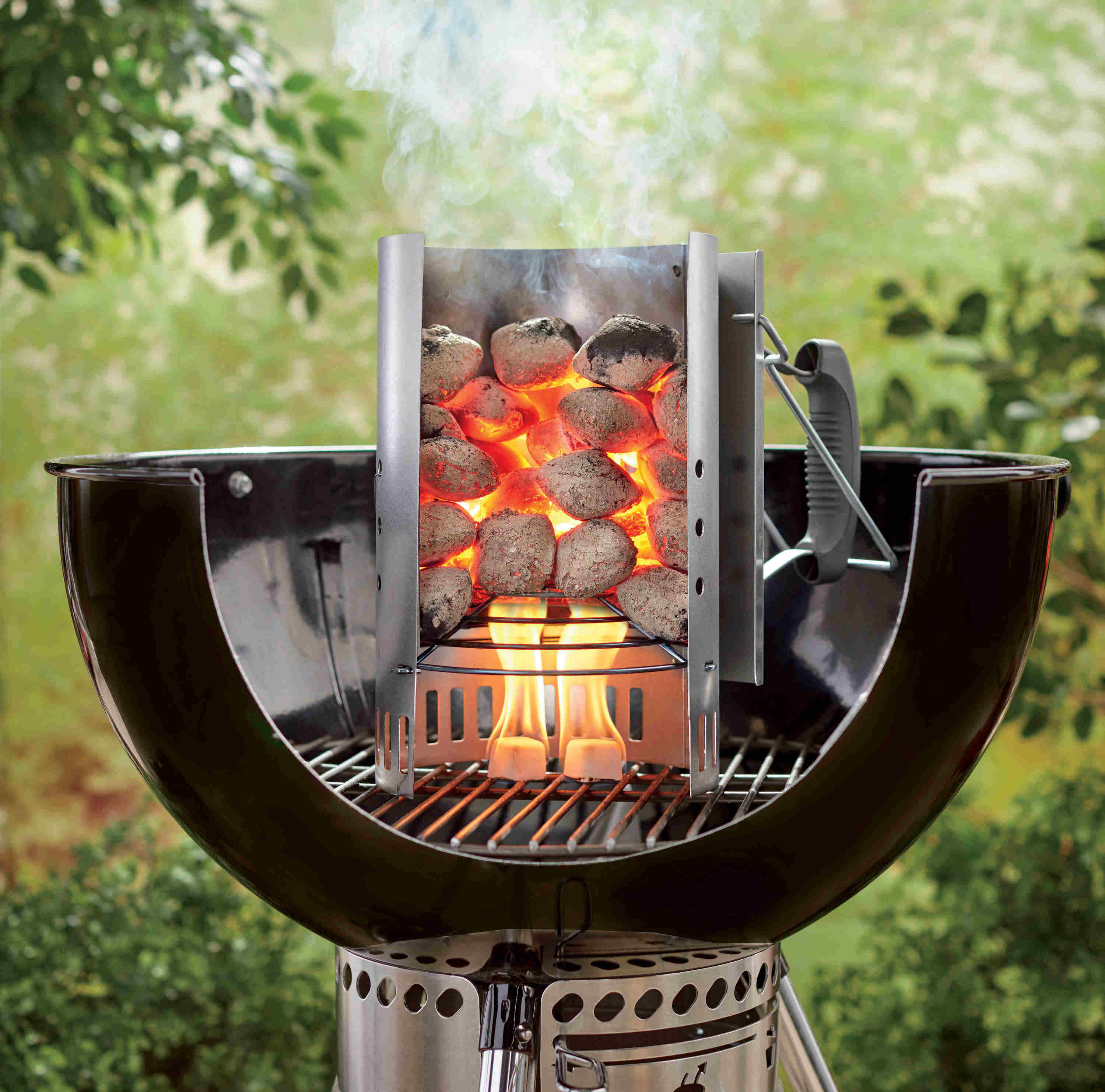
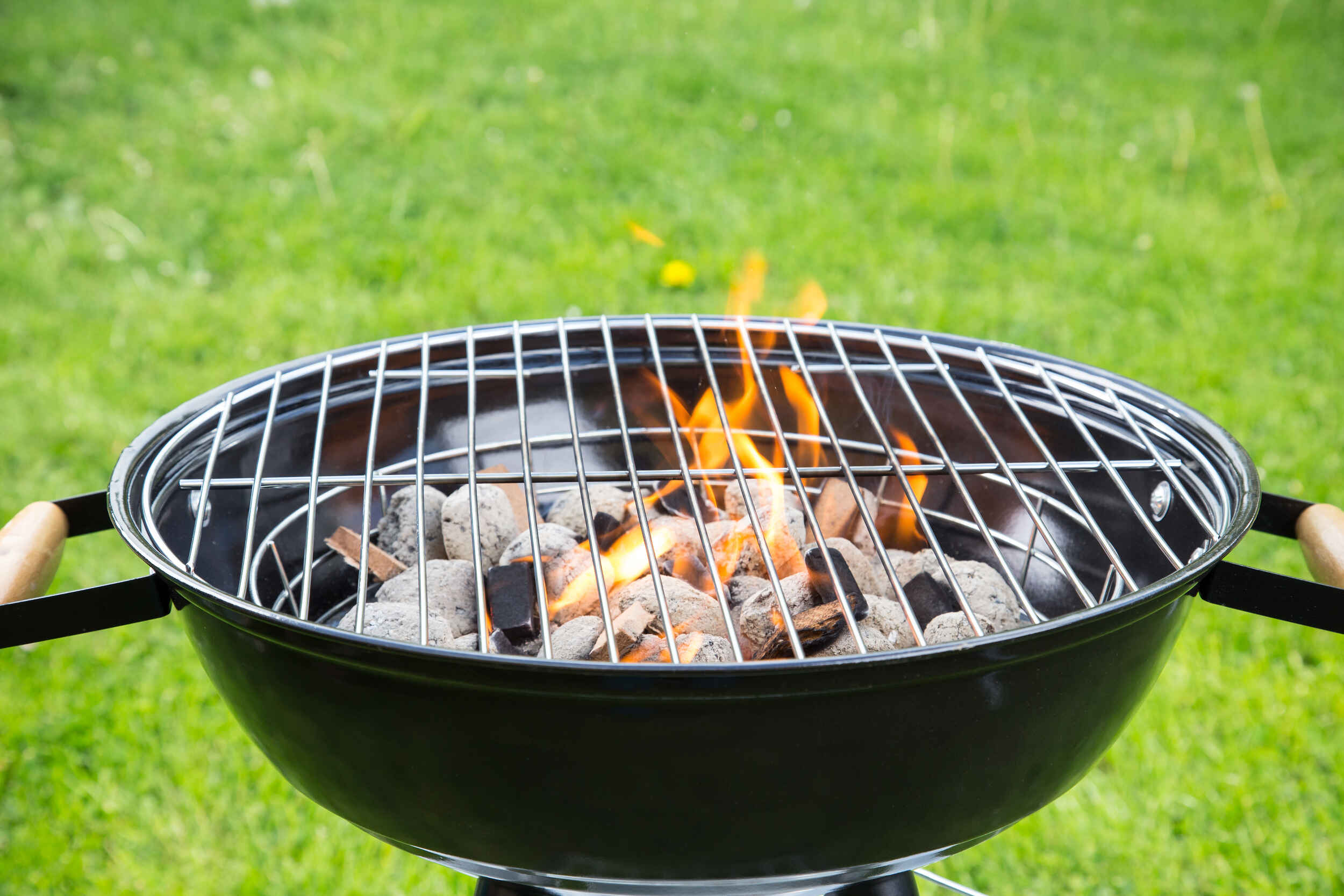
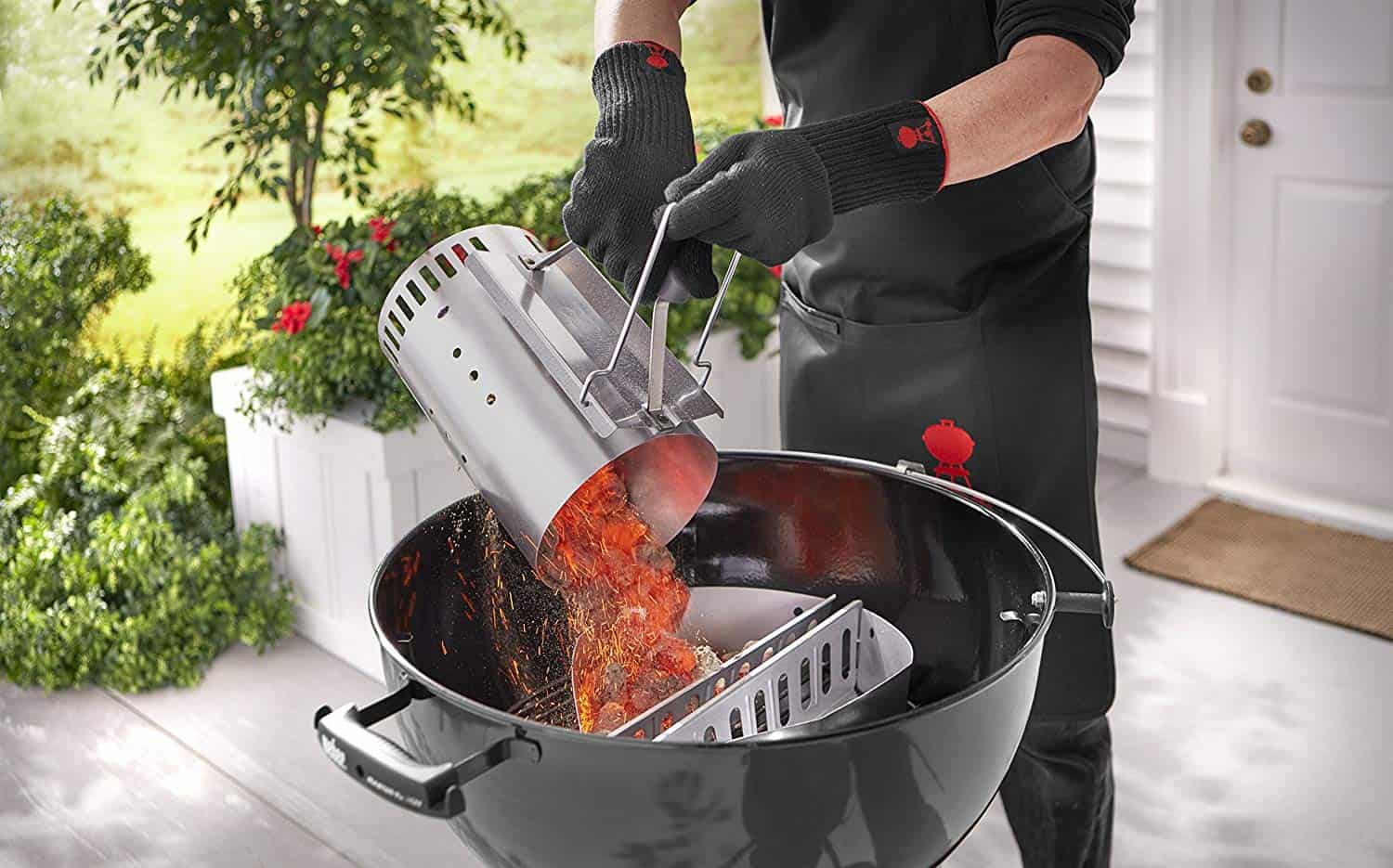
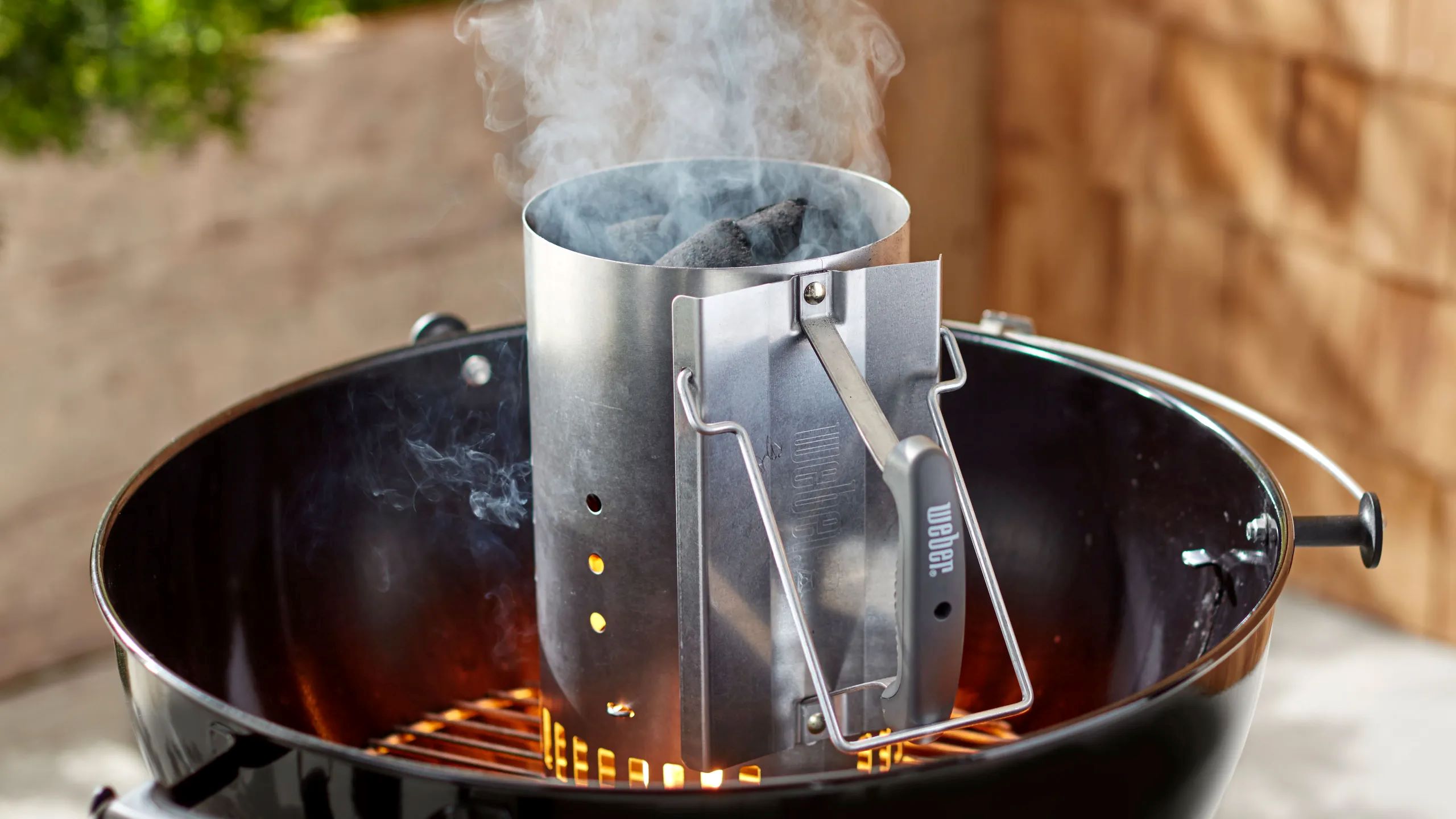
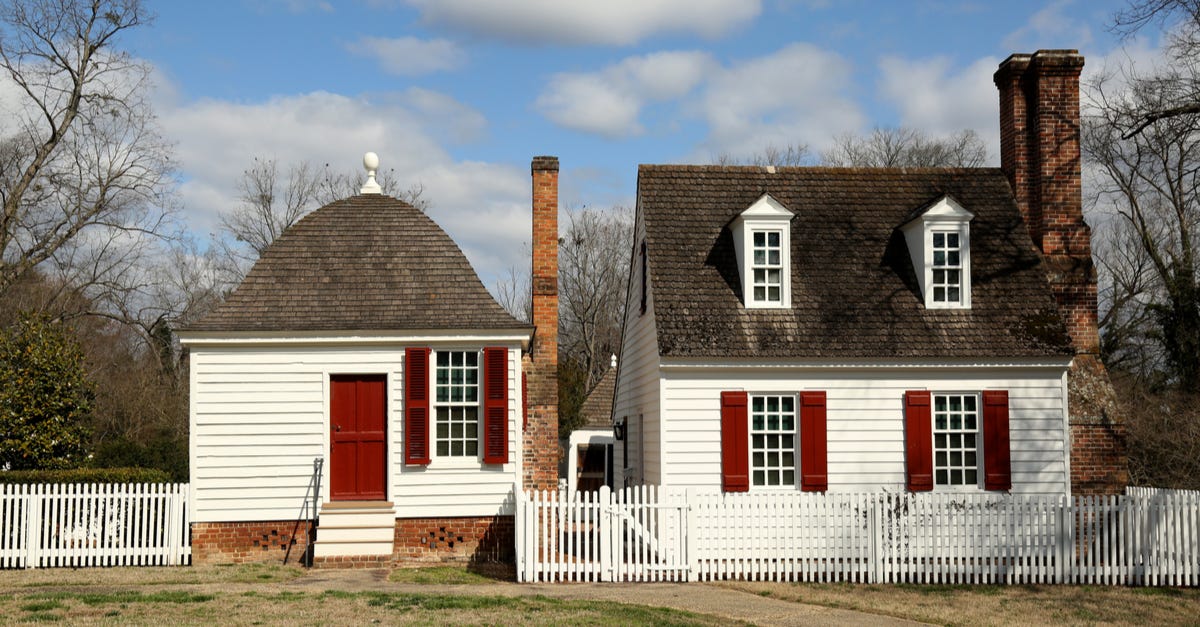
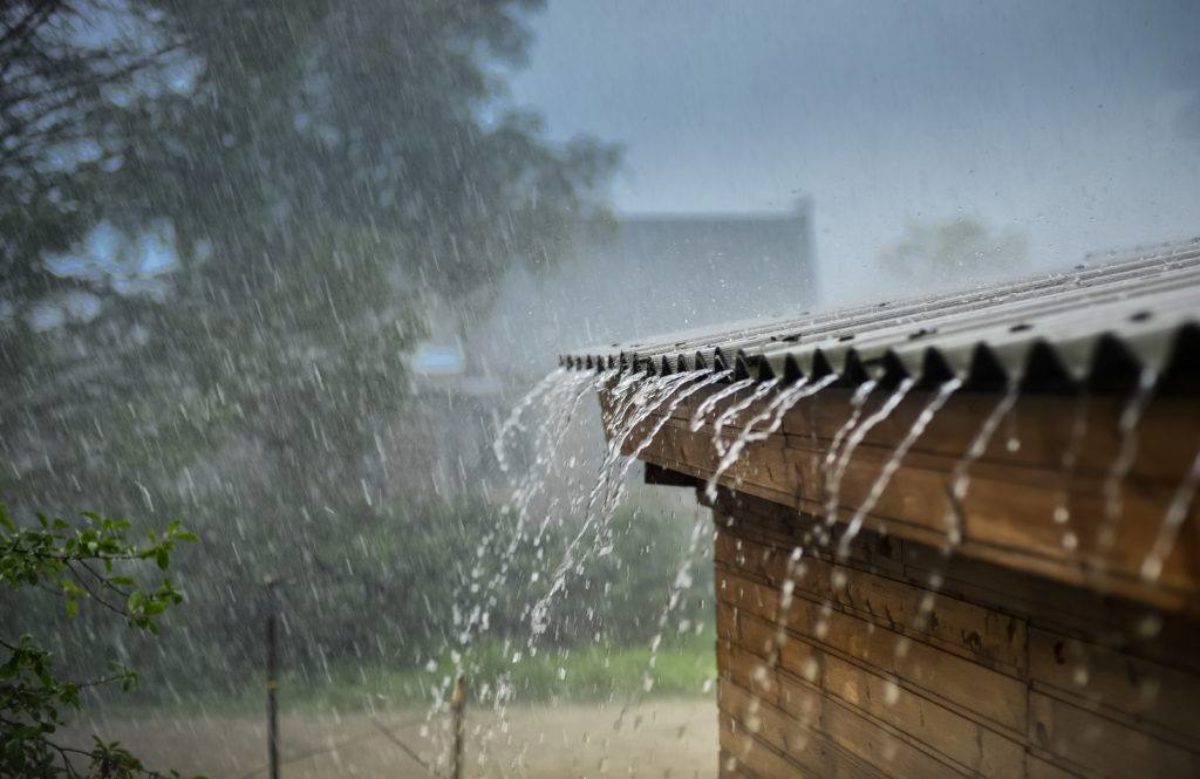
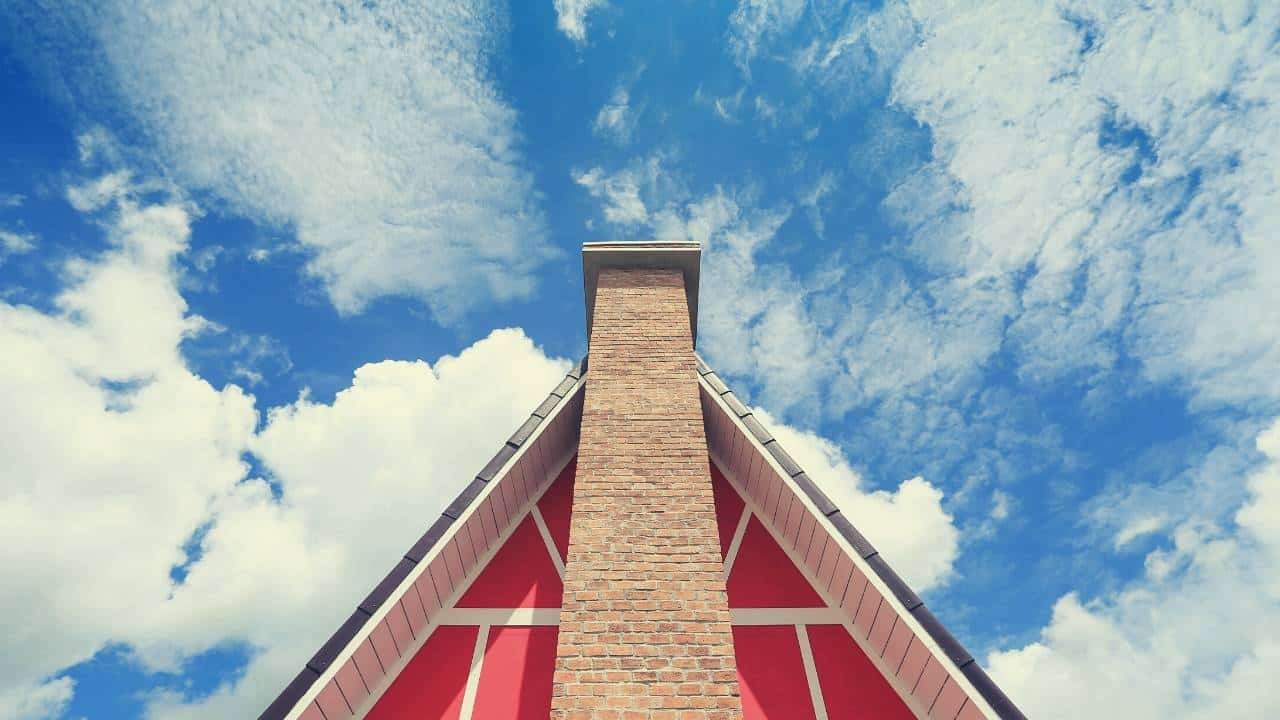
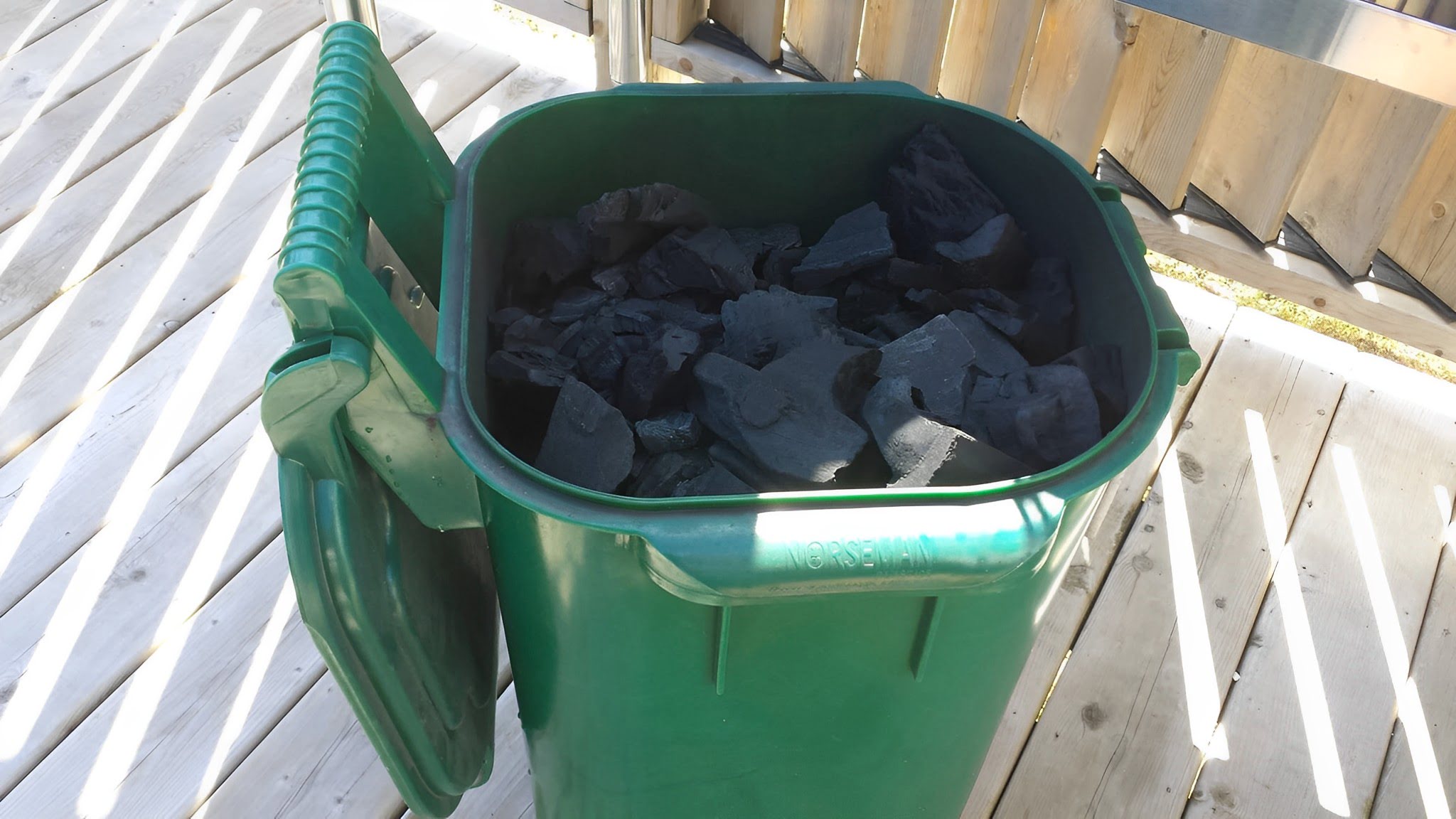
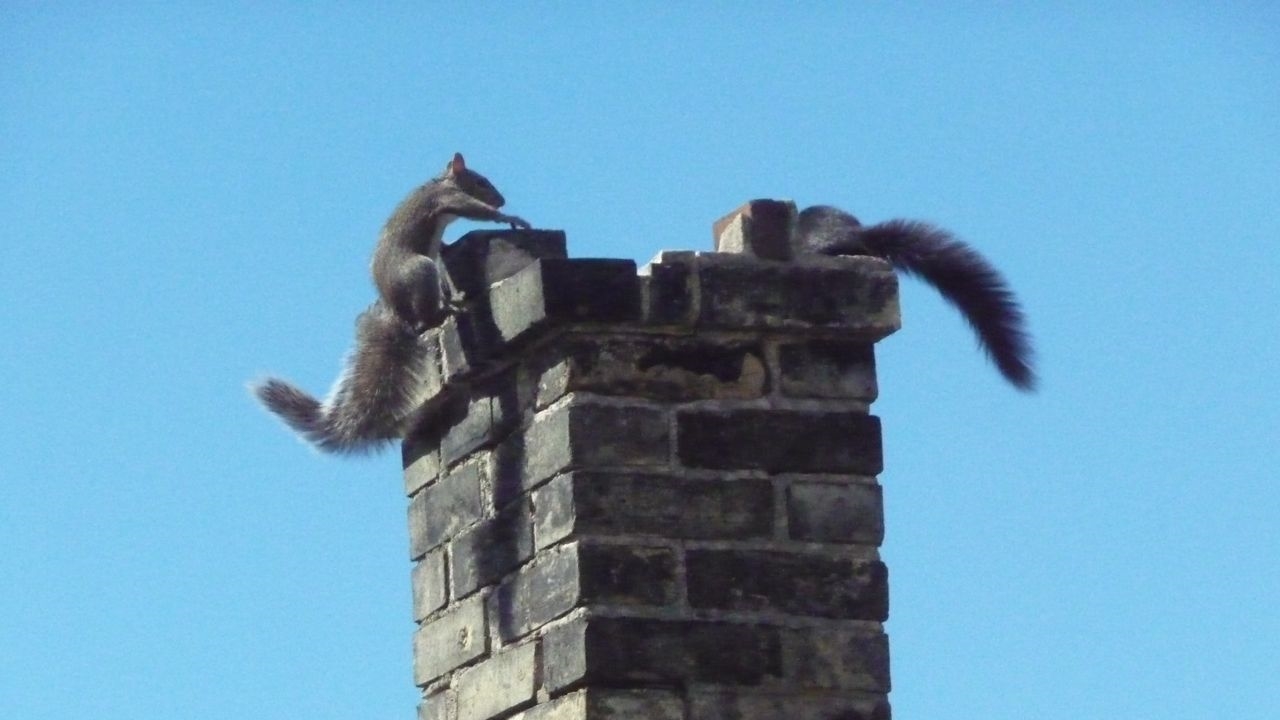
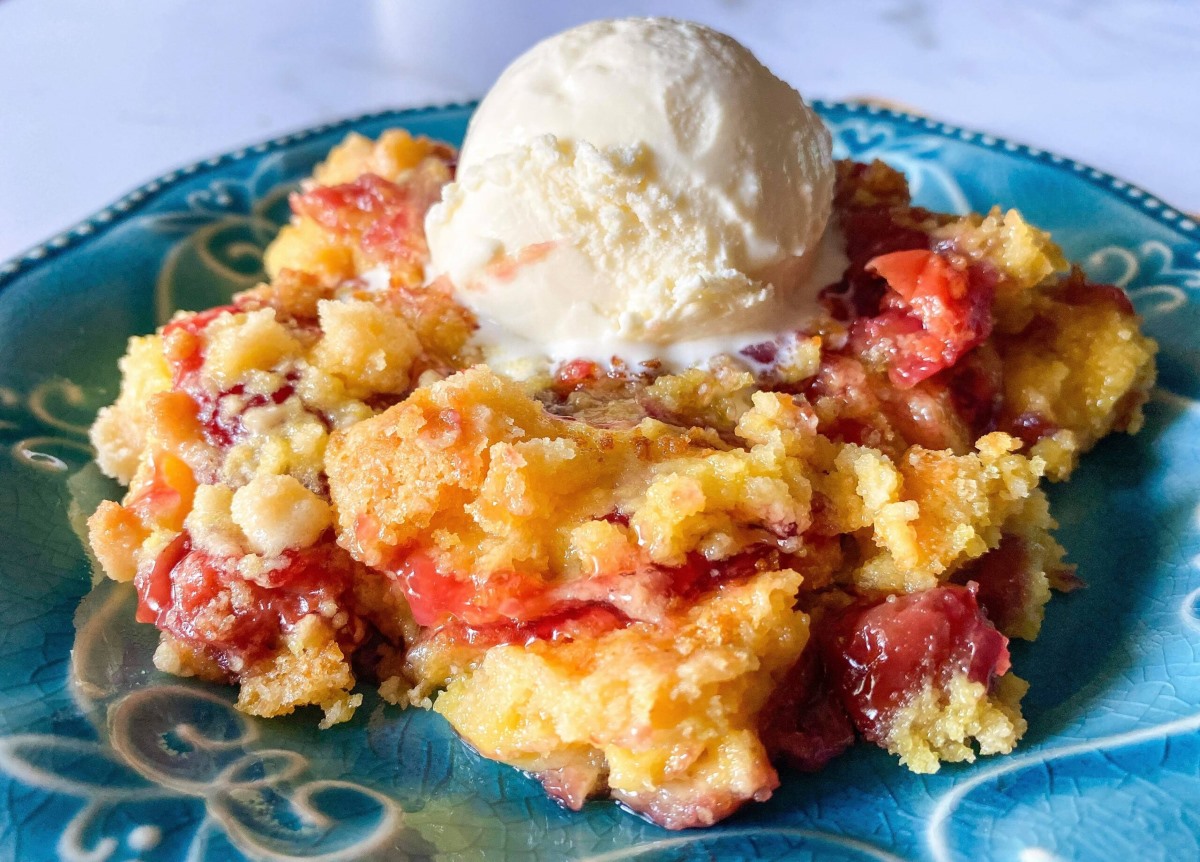
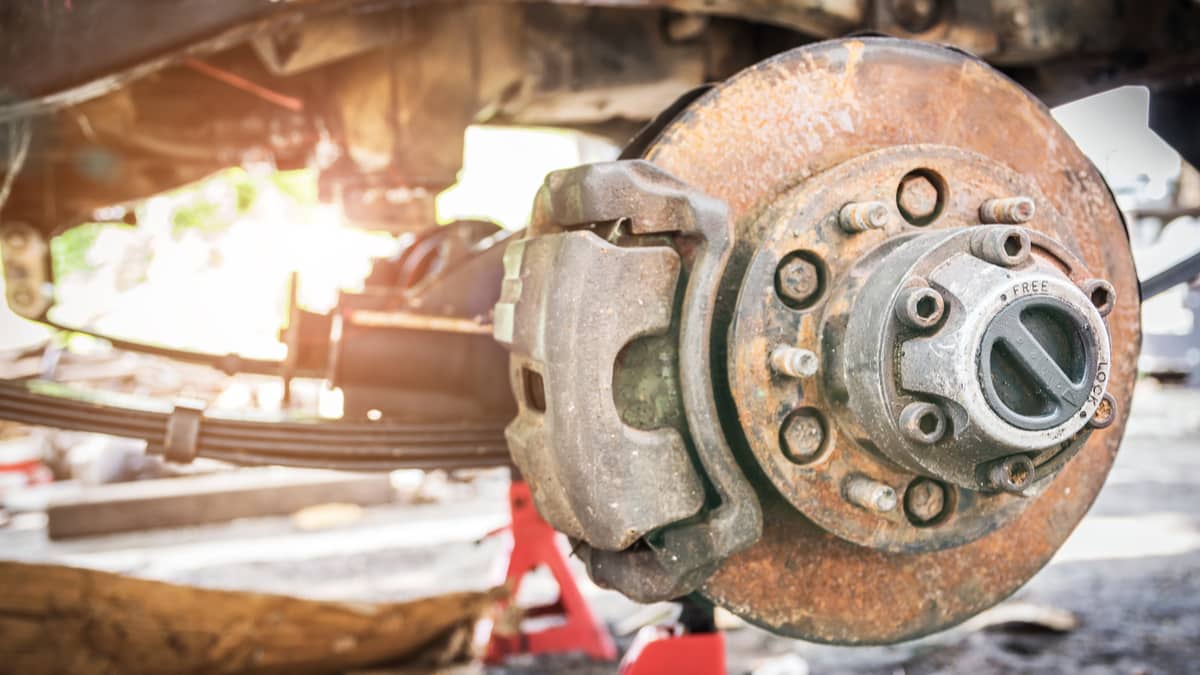
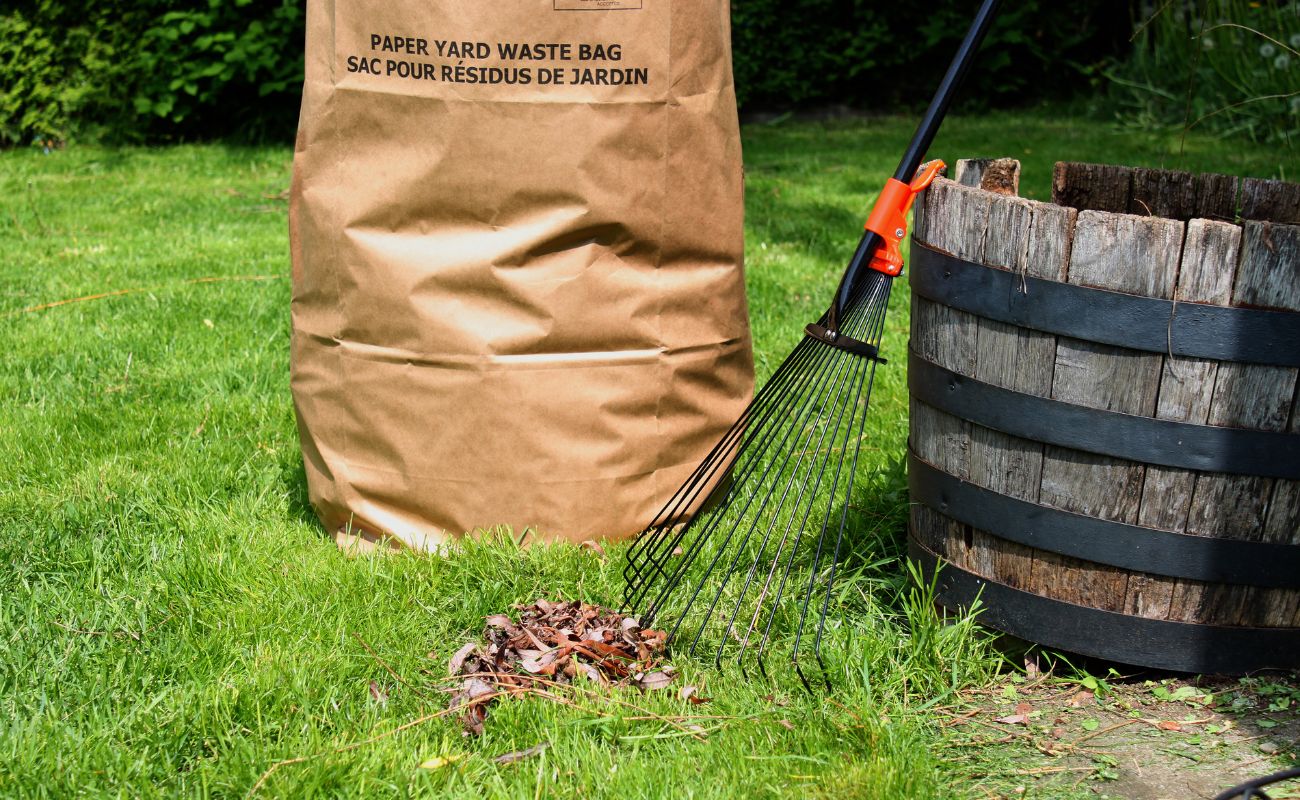
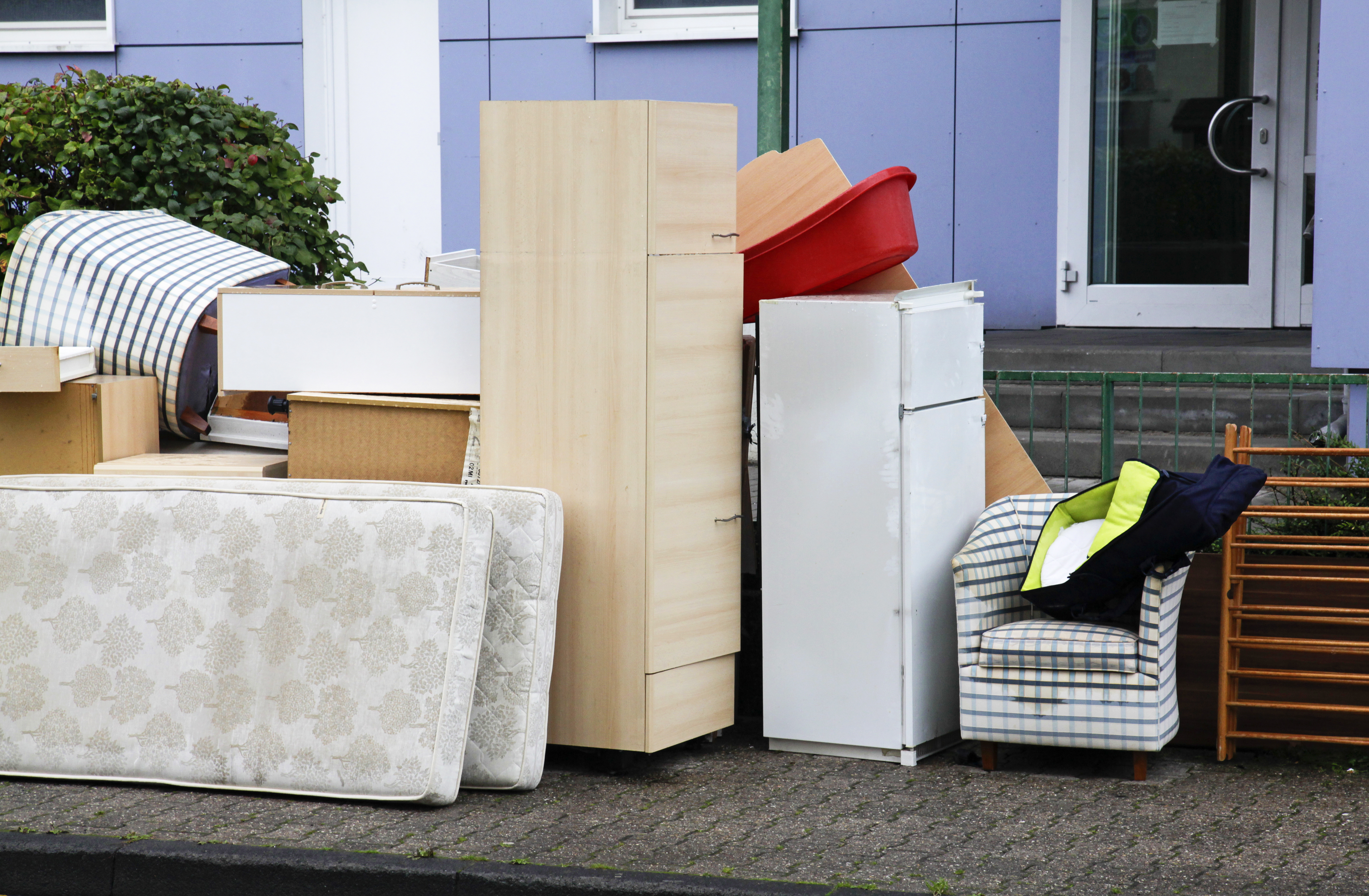

0 thoughts on “When To Dump Charcoal Chimney”